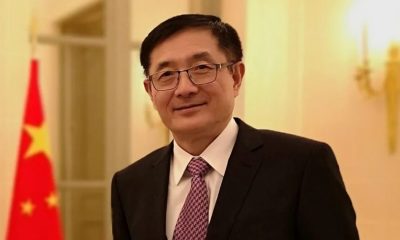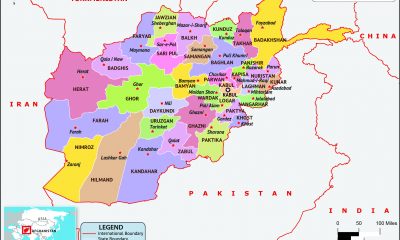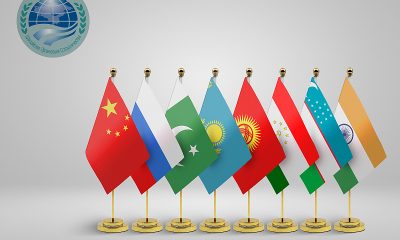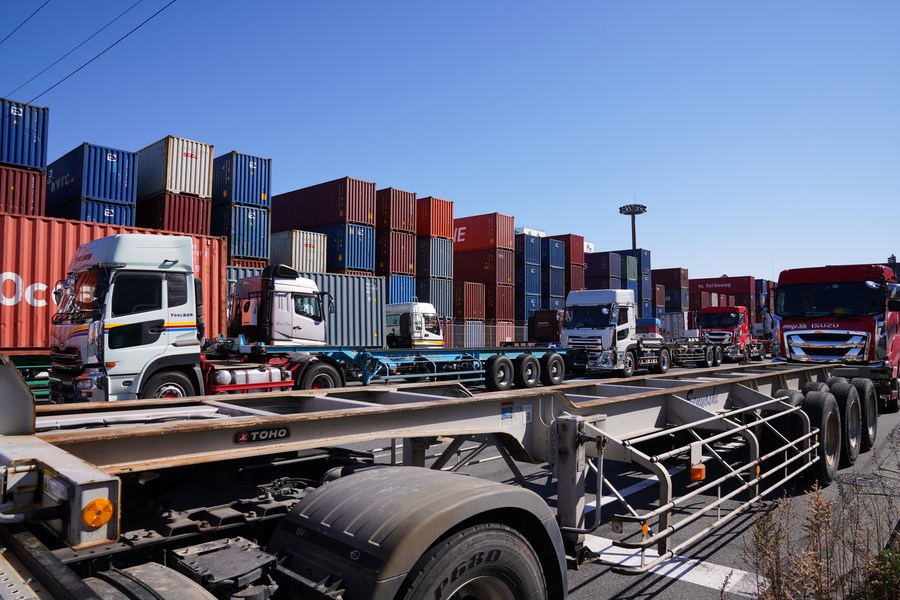It has been crystal clear that Pakistan has been the Afghan Taliban’s key foreign sponsors for decades. Relations between them were indestructible. Some Taliban officials also called Pakistan their second home. They were like iron-brothers, and the previous government had always complained about their relations and accused Pakistan for harboring Taliban leadership for the past 20 years.
But since the Taliban seized power in August 2021, its ties with Islamabad have deteriorated amid deadly border clashes and some other issues, especially disagreement over Tehrik-i-Taliban Pakistan, TTP.
Initially Taliban wanted to play a mediator role between Pakistan and TTP and they agreed for a ceasefire but last month, it came to an end and TTP intensified their attacks.
Taliban had earlier also said that Islamabad is permitting its air space to be used by US drones to strike targets in Afghanistan. In return, Pakistan has accused the Taliban of harboring terrorists.
What we get from this discrepancy is that the two long standing alliances, which dates back to the emergence of Taliban in 1999s, are coming under unprecedented strain due to divergence in their interests.
When attacks were intensified in Pakistan, the officials directly accused Afghan Taliban for harboring TTP members, and when border clashes happened, Pakistani officials called on Taliban to strengthen border security, dubbed it as failure. Pakistan had warned to take military action against terrorists in Afghanistan if needed.
Pakistan to attack TTP in Afghanistan soil
The Interior Minister of Pakistan, Rana Sanaullah said that it is the right of Islamabad to act against insurgents’ hideouts “in Afghanistan” if its nation is threatened by such groups.
In an interview with Express News, Sanaullah said Islamabad may attack the TTP hideouts in Afghanistan if Kabul does not take action to dismantle them.
“When these problems arise, we first ask Afghanistan, our Islamic brother nation, to eliminate these hideouts and handover these individuals to us, but if that doesn’t happen, what you mentioned is possible,” Sanaullah said.
Sanaullah did not go further, but since the Taliban took over Afghanistan in 2021, Pakistan has witnessed a sharp rise in terrorism incidents mostly in the Khyber Pakhtunkhwa and Balochistan.
According to the statistics by an Islamabad-based think tank Pakistan Institute for Conflict and Security Studies (PICSS), compared to November in December 2022 the number of militant attacks increased by 44%, and majority of them were claimed by TTP.
In December 2022, the militants carried out 49 attacks, in which 56 people lost their lives, including 32 security forces personnel. 17 civilians were also killed.
In August 2022, Abdul Wali, aka Omar Khalid Khorasani, top commander of TTP, who was allegedly behind some of the deadliest attacks in recent years, was killed in a roadside bomb in eastern Afghanistan. Three of his accomplices were also killed in the incident. TTP vowed revenge.
Taliban says ready to defend from Afghanistan
Reacting to Sanaullah’s statement to attack TTP on Afghanistan soil, the Taliban government said it would not let anyone attack Islamic Emirate.
Taliban defense ministry in a statement said, “Afghanistan is not without its owner, as always, we are ready to defend the territorial integrity and independence of our homeland, and it is mentionable we have a better experience than anyone in defending and protecting our country.”
The Taliban also called Sanaullah’s statement “provocative and baseless”, and requested that any concerns and problems should be resolved through understanding.
Taliban Spokesman, Zabihullah Mujahid also said: “No country has the right to attack the territory of another country. No law in the world allows such a violation. If someone is concerned, then he can share it with the Islamic Emirate.”
Mujahid said that the “Islamic Emirate” has enough forces and can take measures to resolve any issues.
Mujahid furthered that Afghanistan wants good ties with Pakistan and the officials of this country should be cautious with their assertions.
TTP forms new cabinet
Recently, the Khorasan Diary (TKD) publication reported that the TTP has announced its new appointments dividing the outfit into various ministries.
“Tehreek-e-Taliban Pakistan (TTP) has announced its new appointments dividing the outfit into various ministries, Defense, Judiciary, Information, Political affairs, Economic Affairs, Education, a fatwa issuing authority, Intelligence and a department for construction,” TTP said in a statement.
The statement is a direct warning and clear call to fight against the Pakistani military establishment and civilian government. In a viral video, TTP commander Omar Shahid can be seen threatening to launch a “religious war” against the government of Pakistan.
“We are offering sacrifices in Pakistan jihad following the footsteps of the Prophet’s Companions in the Battle of Badr. God willing, we shall liberate Pakistan and break the shackles of slavery,” Shahid is heard saying in the video.
The end game
It remains to be seen whether Kabul and Islamabad will be able to carve out differences and work for the interests of either the countries, or whether they will make a mistake to lead into cross border clashes.
Afghanistan has openly told Pakistan that don’t make mistakes by attackiuing Afghanistan as it will meet with reaction. The Taliban was serious and said they have experience how to defend from the motherland. In the past 20 years, Taliban fought with the US and former Afghan security forces and also already fought with Pakistani soldiers several times since August 15, 2021.
In case of clashes, both the countries will suffer a lot because war never brings peace. Afghanistan and Pakistan politicians should resolve any issues peacefully and this is the only way forward.

 EUROPE3 days ago
EUROPE3 days ago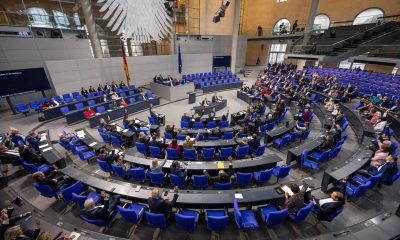
 EUROPE2 weeks ago
EUROPE2 weeks ago
 AMERICA2 weeks ago
AMERICA2 weeks ago
 ASIA2 weeks ago
ASIA2 weeks ago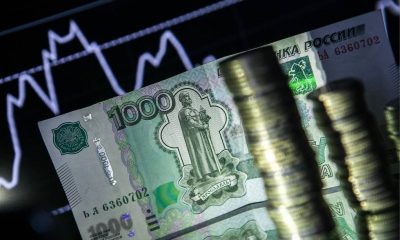
 RUSSIA2 weeks ago
RUSSIA2 weeks ago
 ASIA2 weeks ago
ASIA2 weeks ago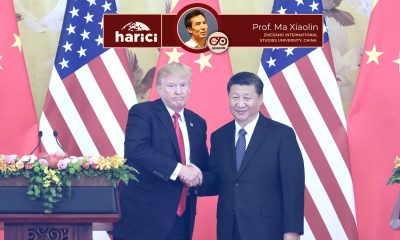
 OPINION2 weeks ago
OPINION2 weeks ago
 AMERICA1 week ago
AMERICA1 week ago


